What Can Consumers Expect from Pro Home Automation Installation?
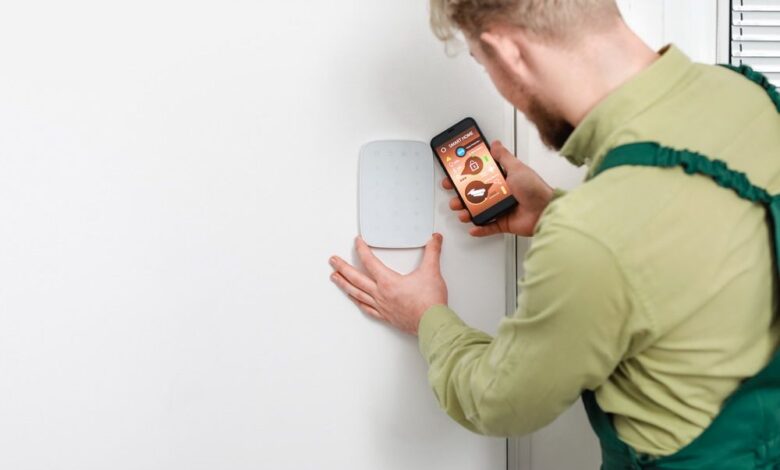
Despite the popularity of DIY home automation, nationwide companies like Vivint Smart Home are sticking with the tried-and-true model of renting equipment installed by professional technicians. They offer professional installation of both home automation and security packages.
Consumers considering investing in home automation ultimately have to decide between DIY or professionally installed. Opting for the latter means getting a lot of extras that do not come with DIY packages. Those extras include things like in-home training and equipment upgrades. But what can consumers expect in terms of the installation experience?
In a recently published guide to professional installation, Vivint lays out exactly what customers can expect from them. But they are just one service provider. Other providers may have different ways of doing things. At the very least, customers can expect some key things that are common to most providers.
A System Walk-Through
It is reasonable to expect a full system walk-through before installation ever begins. A walk-through starts with a review of all the components in the system. Why would customers want this? For several reasons:
- Equipment Verification – Customers are charged for each piece of equipment they receive. If nothing else, a walk-through serves the purpose of reviewing the equipment list to make sure every device is there.
- Component Familiarity – A system walk-through gives customers the opportunity to be familiarized with system components. If a customer doesn’t know what each component is, they may have a hard time understanding what’s happening during the installation.
- Installation Advice – A walk-through affords the opportunity to offer the customer advice about how the system should be set up. Technicians generally know what works best.
A system walk-through should not take more than a few minutes unless the customer has questions. Once the customer is satisfied that all the equipment is there and that they understand at least the basics, installation can commence.
Video Camera Installation

An entry-level home automation system includes basic home security components. Among them should be at least one video surveillance camera. This could be in the form of a standalone camera or a video doorbell camera. Placement of a single camera is critical for maximizing security.
A video doorbell will obviously be installed at the front door. As for a standalone camera, there are lots of possibilities. An exterior position showing a full view of the front door is optimal. However, a wider view that shows the front door and the driveway might be preferred.
Systems that include more than one camera increase surveillance options. The technician may recommend that a second camera be installed to provide a view of the back door. A third camera could be placed anywhere in the house.
Smart Thermostat Installation
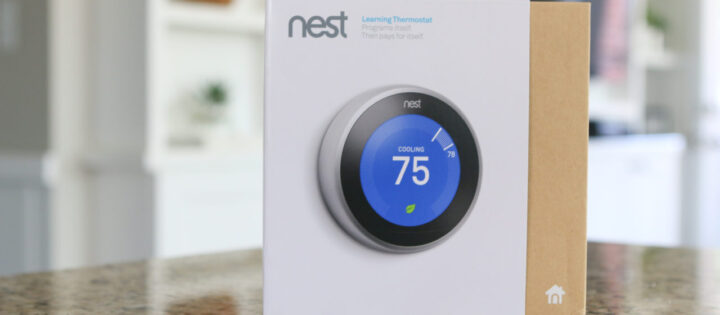
The smart thermostat is considered an entry-level device for home automation newbies. Installation is not necessarily difficult, but technicians have to be careful not to cross wires. Otherwise, they could blow a fuse or do minor damage to the HVAC system.
At any rate, consumers should expect to receive at least a minimal amount of training in regard to the thermostat. Some technicians may even take care of initial programming. Thermostats equipped with artificial intelligence may need to be programmed only once. After that, they artificially learn the owner’s routine and self-adjust automatically.
Smart Locks
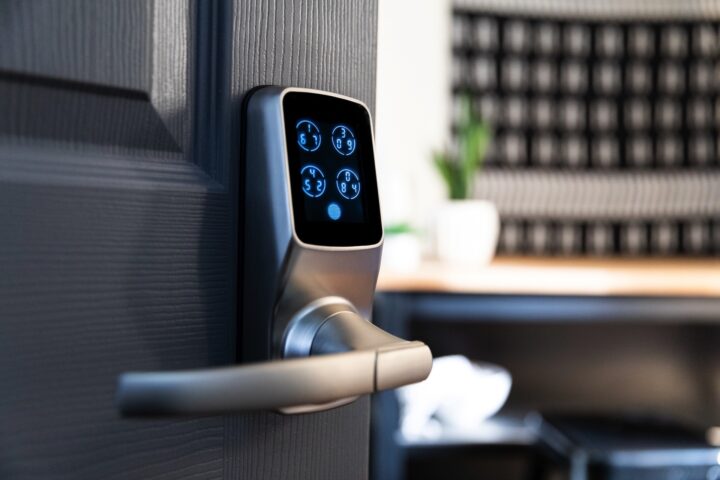
Some home automation systems come with smart locks for first-floor doors. When such is the case, consumers can expect technicians to remove their old locks and replace them with the smart locks. There may be cosmetic issues when all is said and done. Such issues cannot always be avoided.
Along with installation, customers can expect some basic training here as well. Technicians should instruct about how to program the locks with pin codes. There may also be a demonstration of how to lock and unlock the door remotely. Smart locks can be opened with keys (in the case of dead batteries) so the keys should be tested during installation.
Smart Lighting
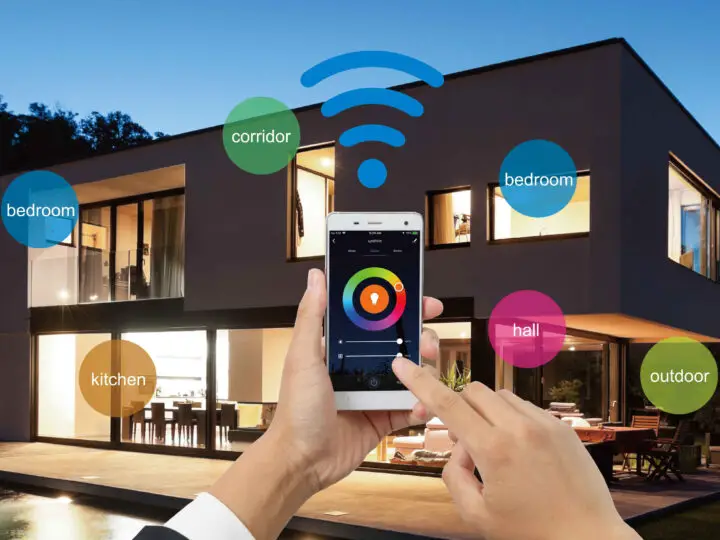
Among the many different home automation options, none is more flexible than smart lighting. There are just so many things you can do with lighting configurations. More often than not, this is where professional installation technicians earn their money.
Depending on how advanced a system is, technicians can hook just about any light fixture into the automation system. They can program lights to turn on or off at specific times of the day. They can create unique lighting scenes based on customer preferences. For example, a customer might want one scene downstairs during the evening hours and a separate scene upstairs just before bedtime.
If there is a smart speaker involved, customers can expect technicians to show them how to use the smart speaker to control automation devices. Again, lights are a good example. The technician can show a customer how to turn lights on and off with a voice command.
Answers to Any Question
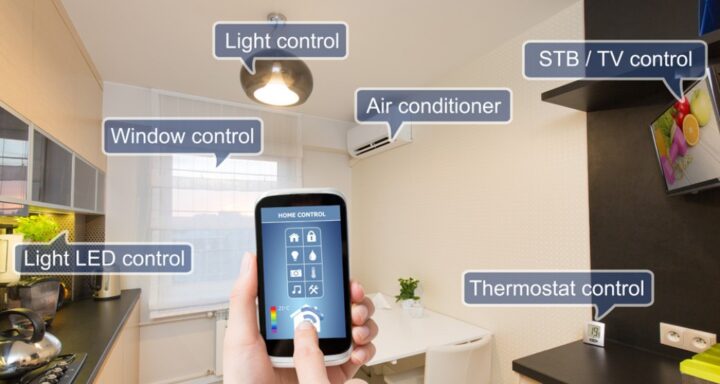
Regardless of how advanced a home automation system is, customers can reasonably expect answers to their questions. Furthermore, they should not be afraid to ask anything that comes to mind. A fully trained and experienced technician should be able to provide an answer. If not, they should immediately get on the phone and get an answer.
This one particular point is super important. Home automation can be confusing. It is normal to have questions. It is reasonable to expect installation technicians to answer them. Leaving questions unanswered leaves room for misunderstandings, disagreements, and bad blood between customer and service provider.
Wrapping all this up is system training. Understand that one of the major reasons for choosing professional installation is to receive training. It is something you are paying for, so don’t let a technician out the door until you get it.
Professional installation exists because people are willing to pay extra for it. If you plan to do so, just make sure your expectations are met. A home automation system that doesn’t meet your expectations is probably one you’re not going to enjoy using.
